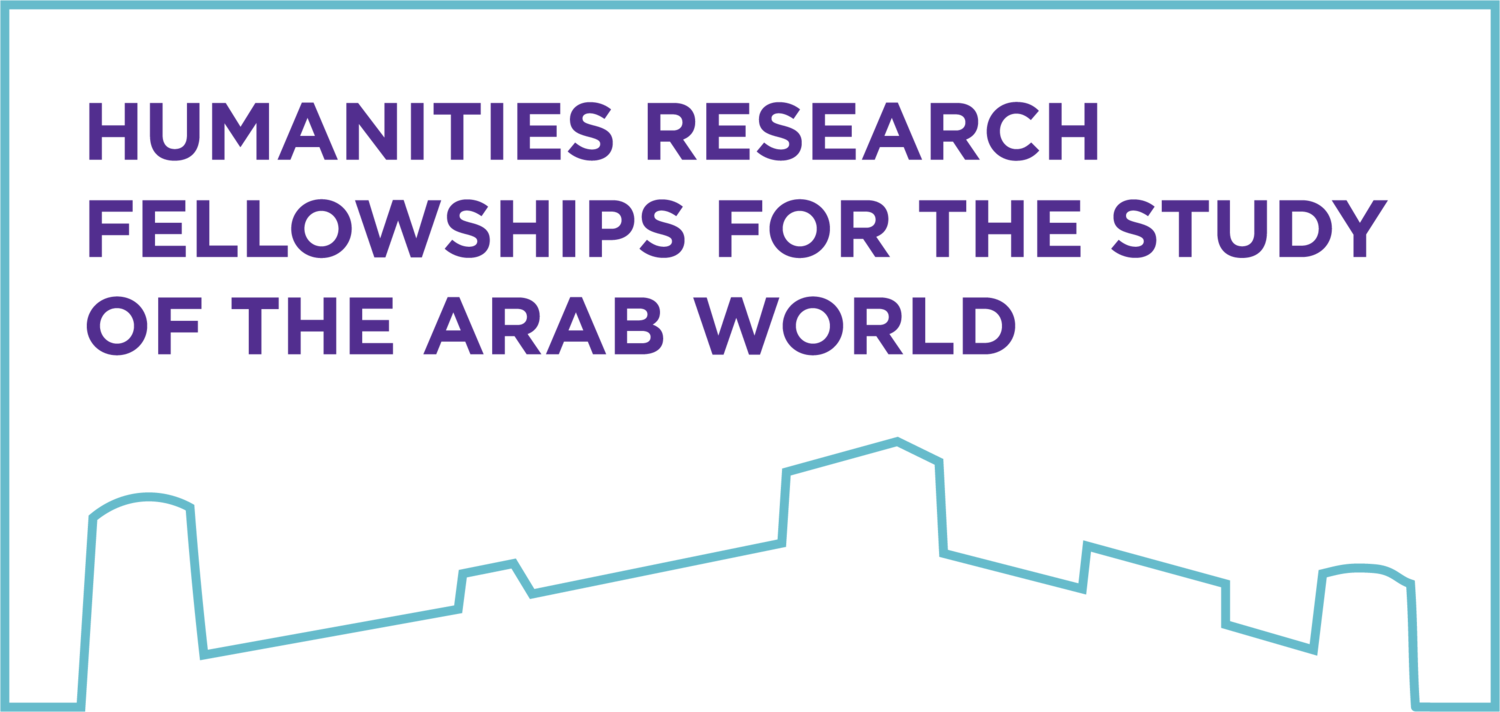Geopolitical imaginaries do not conform to fixed territorial emplacement. As differing responses to the Russian occupation of Ukraine make all too clear, categories of East and West, and likeness and unlikeness, serve to name nebulous ideas of shared interests and futures that become military rationales for either allowing or blocking movement of people and money. This workshop is dedicated to examining Cold War-era constellations of “Eastern” and “non-Western” locations–among them the USSR, Eastern Bloc states, the ex-colonial countries of the Middle East and North Africa, and various cultural platforms devoted to socialist culture–as a platform for experimental creative practices. Although art historians have begun to uncover the details of Arab artists’ experiences in European art academies (Rome, Paris, and so on), the experiences of the young artists who looked or moved East remain little studied or understood. Questions to engage include: How to document and interpret the trans-regional mobilities across and between these several “Easts” of the fifties, sixties, seventies, and eighties? What images, objects, persons, friendships or speculations may be said to have emerged from the decades’ institutional frameworks for East-East exchange? Might we read these entities as tuning forks within that vaster transformations that later delivered the global contemporary art world of the twenty-first century? And what fell out of the system? Which artists forged other friendships, claimed other kinds of art objects, or envisioned other norms, and how?
Convened by Anneka Lenssen (Humanities Research Fellowships for the Study of the Arab World ) in collaboration with Salwa Mikdadi (al Mawrid Arab Center for the Study of Art)
May 18 | 9:30 am - 7:30 pm
In-Person (NYUAD Campus)
The workshop is open to the NYUAD community and by invitation. Interested scholars, please contact ael9277@nyu.edu.

